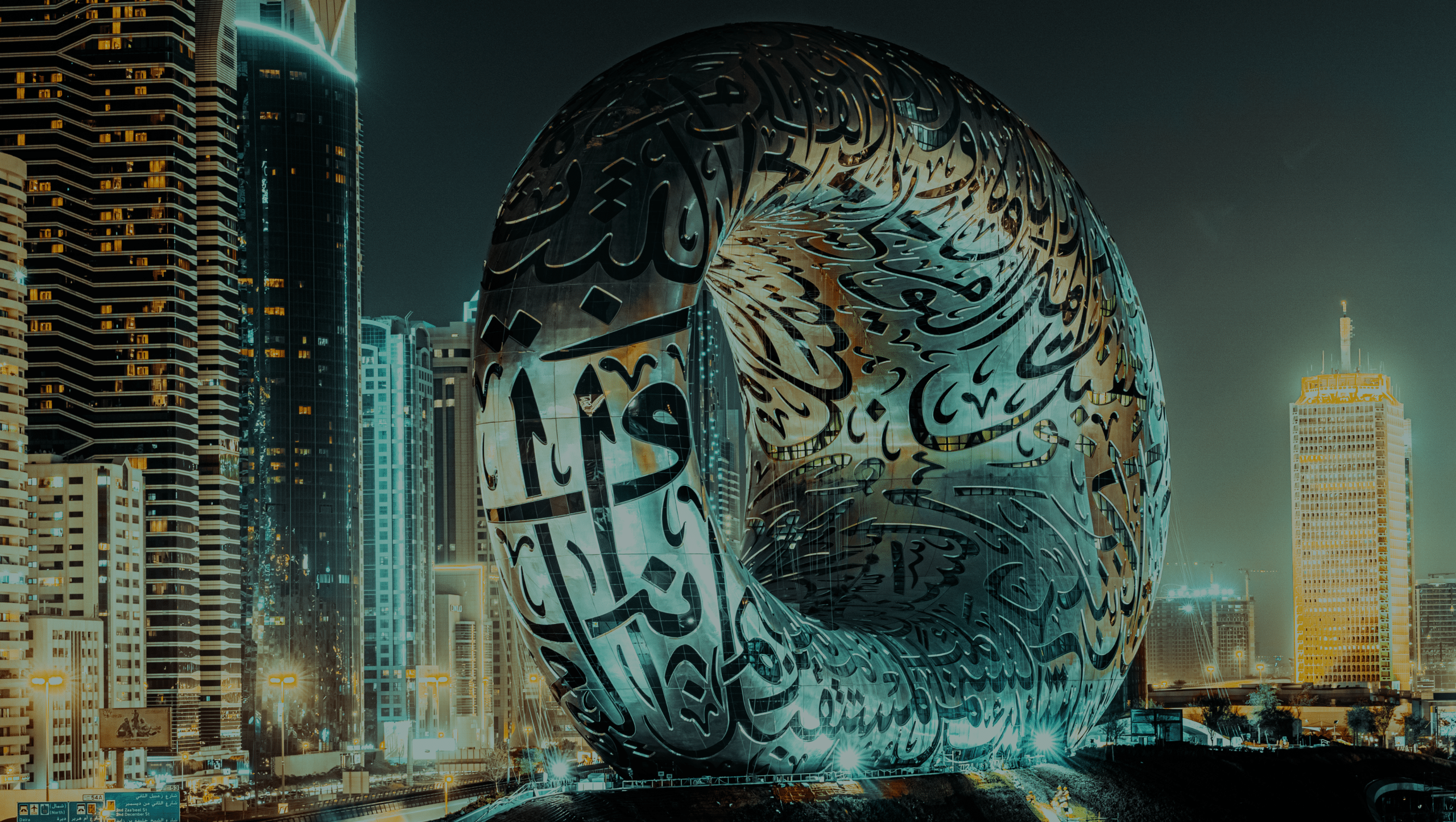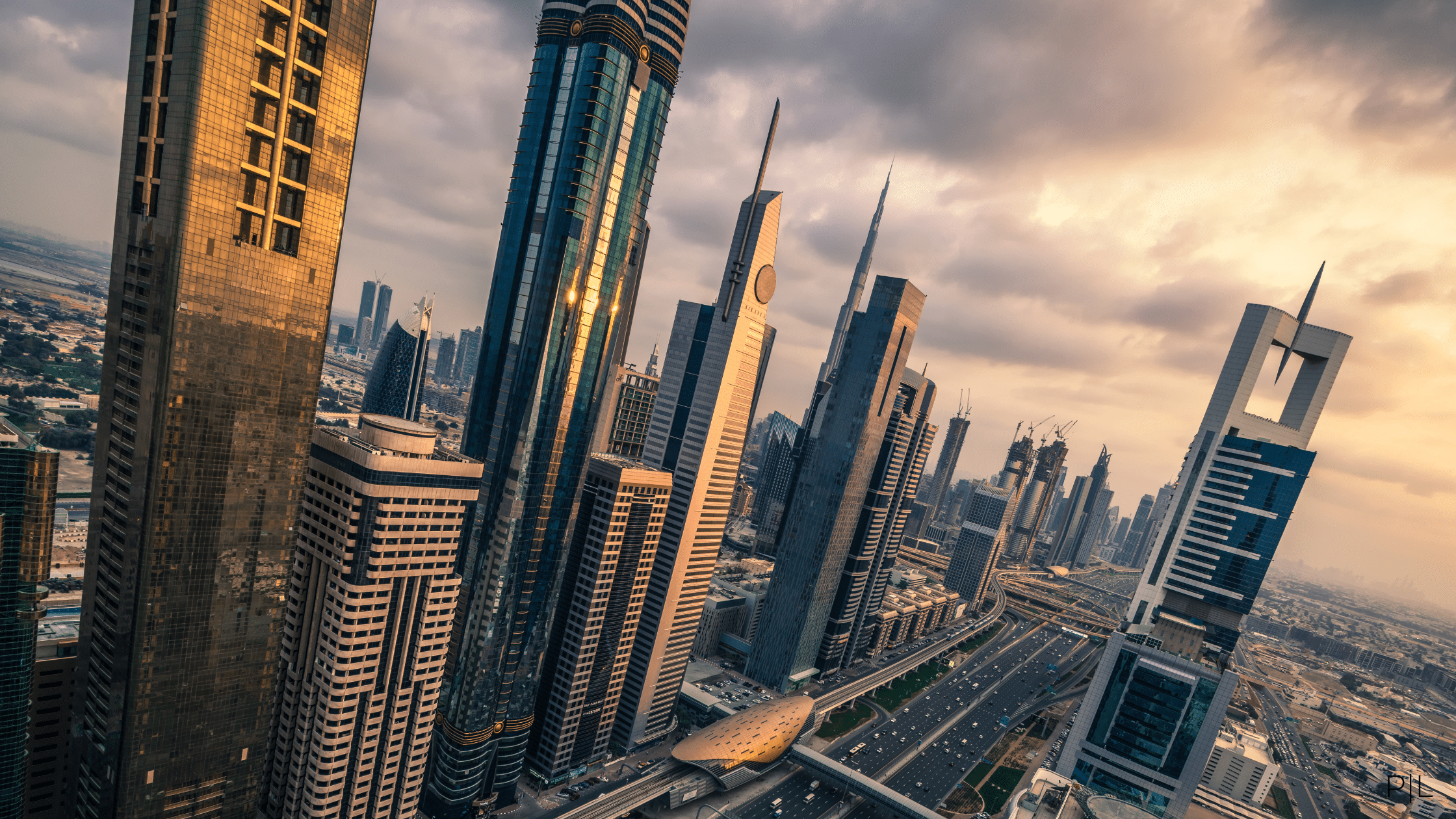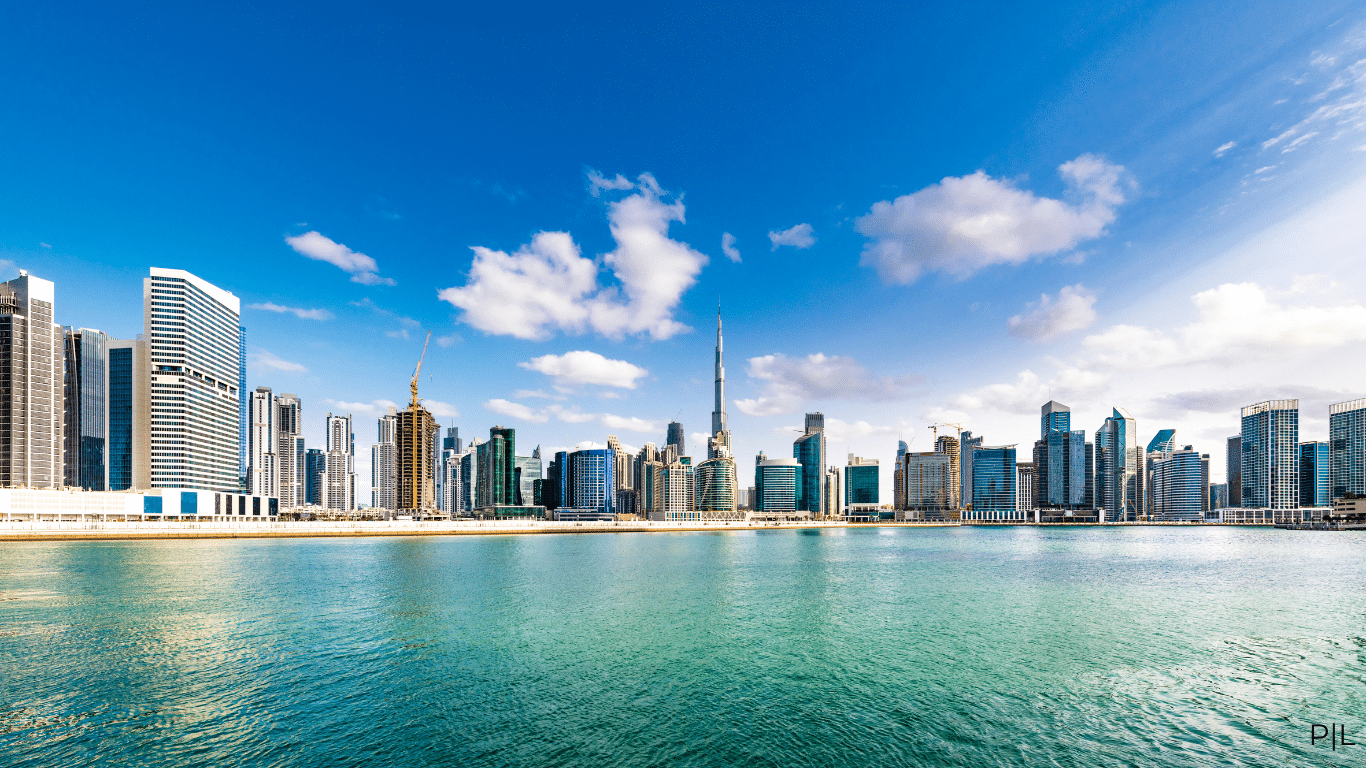Dubai’s real estate market has always been synonymous with luxury and grandeur. The latest figures from Q1 2023 only reinforce this reputation. The robust growth in residential values, the rapid rise of emerging locations, the dominance of branded residences, and the unyielding performance of the leasing market all paint a promising picture for both investors and homeowners.
Riding the Wave of Growth
The 5.6% uptick in Q1 2023 cements the 9th straight quarter of property value increase. The trajectory is optimistic – residential values stand a staggering 20% higher than Q1 2020. However, when we juxtapose this against the 2014 peak, there’s a 15% disparity. On an annual scale, we’re observing a healthy 13% hike.
Diving deeper, apartments, which witnessed a 5.7% surge to AED 1,230 ($334.87) psf, remain 18% shy of the 2014 zenith. In stark contrast, villas have outshined other segments. With a 5.1% boost, taking the average to AED 1,450 ($394.77) psf, villas have matched the 2014 market pinnacle, thanks largely to the post-COVID surge in demand for opulent second homes.
Emergence of New Powerhouses
Dubai Hills Estate and Emirates Hills exemplify the city’s shift towards emerging locations. The impressive 26% and 18% year-on-year growth respectively, demonstrate a demand shift to more affordable inland communities, driven by domestic buyers’ appetite for larger living spaces.
The Rise of Branded Residences
The Al Wasl-Dubai Canal corridor and its evolution into a magnet for ultra-high-net-worth individuals (UHNWI) underline the allure of branded residences. With 7,800 sales from 2020-2022, the city’s transition into a premier luxury homes marketplace is evident. Recent milestones, like the Baccarat Residences sale, have firmly positioned Dubai on the global luxury property map.
Prime Residential Market’s Stellar Run
Despite the cyclicality in real estate, Dubai’s prime residential market consistently outperforms. Propelled by Dubai’s safe-haven reputation, a confluence of factors, including governmental adeptness in pandemic management and the sheer diversity of UHNWI, makes this metropolis a nexus for luxury property investment.
Interestingly, while global cities tend to inflate their property stock based on demand, Dubai has adopted a measured approach. The predicted delivery of 142 prime market homes by 2025 suggests a potential supply-demand mismatch, which may further catalyze value growth.
Leasing Market’s Resilient Show
In an unexpected turn of events, rental values have mirrored the capital growth trajectory. With villas like those on Palm Jumeirah seeing a formidable 110% growth since the pandemic’s inception and apartment rents scaling pre-pandemic levels by 27%, the leasing arena is buzzing.
The Road Ahead
With mainstream and prime markets expected to grow by 5-7% and 13.5% respectively, global macroeconomic unpredictabilities are potential headwinds. The city’s inherent resilience, showcased during the pandemic, coupled with its evolving real estate landscape, suggests sustained growth and magnetism for homeowners and investors.
In essence, as the city skyline continues to evolve, so does its real estate narrative. Whether you’re a homeowner, investor, or a casual observer, Dubai’s property story in 2024 promises excitement, opportunity, and unparalleled luxury.







